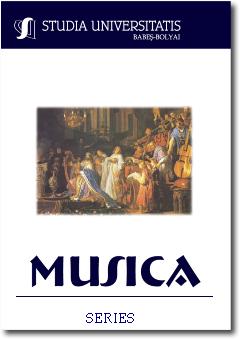PSALM SINGING IN TRANSYLVANIA
PSALM SINGING IN TRANSYLVANIA
Author(s): Éva PéterSubject(s): Music
Published by: Studia Universitatis Babes-Bolyai
Keywords: hymns; psalms; reference songs written on hymn melodies; reference songs written of psalm melodies.
Summary/Abstract: This hereby study intends to present the psalm singing practice of Transylvanian Reformed congregations from the Reformation to this day. According to the graduals, in the 16th and 17th centuries psalms were interpreted in the psalmodic manner, based entirely on the text of the Bible. In parallel with this practice, following Luther and Calvin’s example, the Hungarian reformers wrote psalm paraphrases in verse – based on historic and other types of popular songs – in order to revive congregational singing. In the 17th and 18th centuries, after Szenczi Molnár Albert translated the Huguenot Genevese Psalter to Hungarian, these became the backbone of congregational singing. However, the Genevese Psalter could not enroot itself in the congregational practice. They lose their rhythmical traits and develop alterations within their melodic turns. In the 19th and 20th centuries the number of psalms present in hymnbook has decreased drastically. While the newest hymnbook published in 1996 contains once more all of the 150 psalms, congregations are familiar with less than a third of these songs.
Journal: Studia Universitatis Babes-Bolyai - Musica
- Issue Year: 56/2011
- Issue No: 2
- Page Range: 69-78
- Page Count: 10
- Language: English

